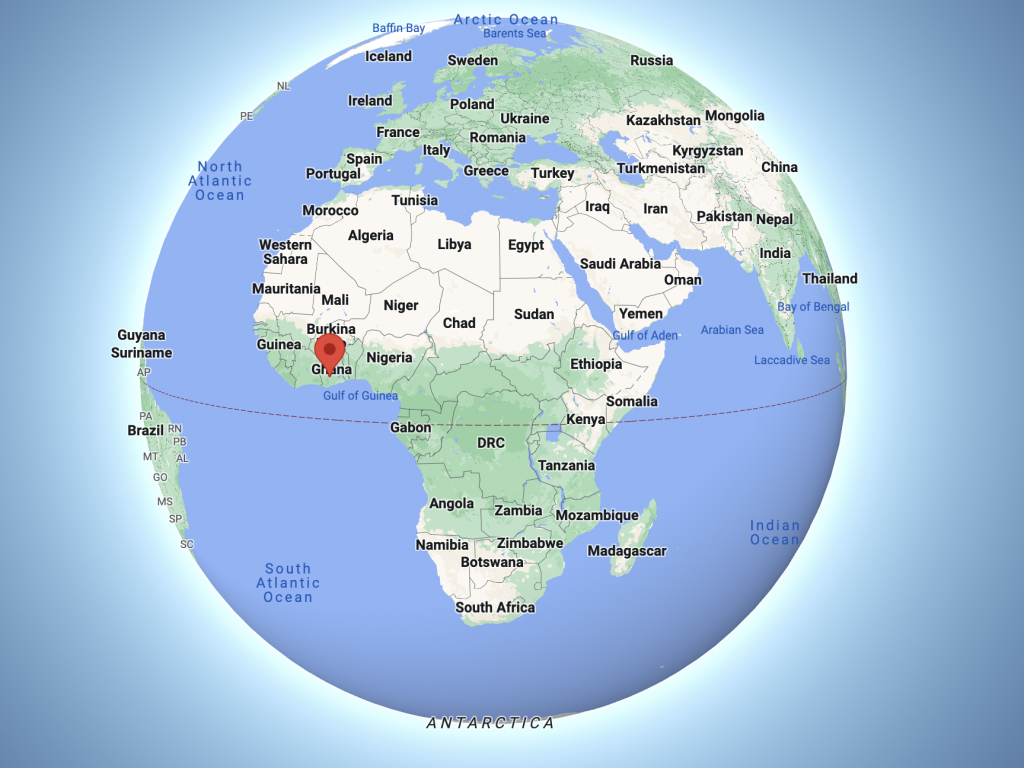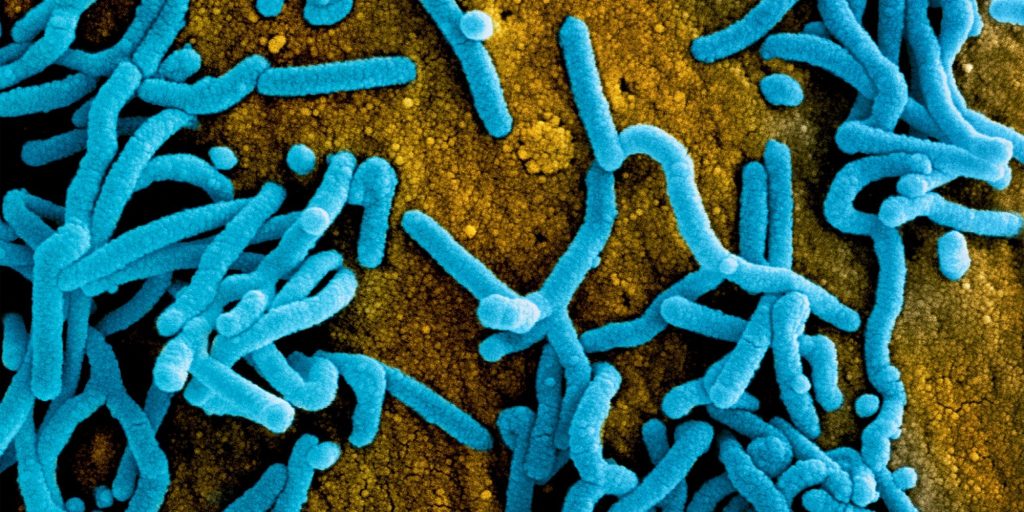- Ghana declared its first outbreak of the Marburg virus on Sunday,
- The virus, similar to Ebola, is a deadly and highly contagious sickness.
- Health officials are optimistic that they spotted the virus early and can stop it spreading.
Ghana declared its first outbreak of the highly-contagious and deadly Marburg virus, sparking an effort to contain the sickness.
Two patients, men who were 26 and 51, died from the illness in the southern Ashanti region of Ghana on June 27 and 28, the World Health Organization (WHO) said in a press release Sunday.
People who have caught the virus in a previous outbreak had a 24% to 88% chance of dying from it, depending on the strain they caught and the care they had access to, per the WHO.
There is no vaccine or cure.
Marburg is a cousin of the virus that causes Ebola virus disease (EVD). Like Ebola, the disease caused by the Marburg virus is a hemorrhagic fever.
Symptoms include fever, bloody diarrhea, bleeding from the gums, skin, eyes, and bloody urine, the Ghana Health Service said in a statement Sunday.

The two patients in Ghana, who were not named, had symptoms including diarrhea, fever, nausea, and vomiting, per WHO.
Authorities responded quickly in the hope of containing it, according to Matshidiso Moeti, WHO Regional Director for Africa.
Marburg can "easily get out of hand" without immediate containment, but "health authorities have responded swiftly, getting a head start preparing for a possible outbreak," she said.
98 contacts of the patients are being monitored and have been quarantined, per the Ghana Health Service.
Marburg virus disease is a zoonotic disease, which means it can pass from animals to humans.
Human-to-human transmission can occur through bodily fluids of infected people, surfaces, and materials, per WHO.
Previous Marburg outbreaks have been seen elsewhere in Africa, per the WHO, including in Guinea, Angola, the Democratic Republic of the Congo, Kenya, South Africa, and Uganda.
Treatment against the symptoms of the illness, such as rehydration with oral or intravenous fluids, can improve the odds of survival.
Dit artikel is oorspronkelijk verschenen op z24.nl
